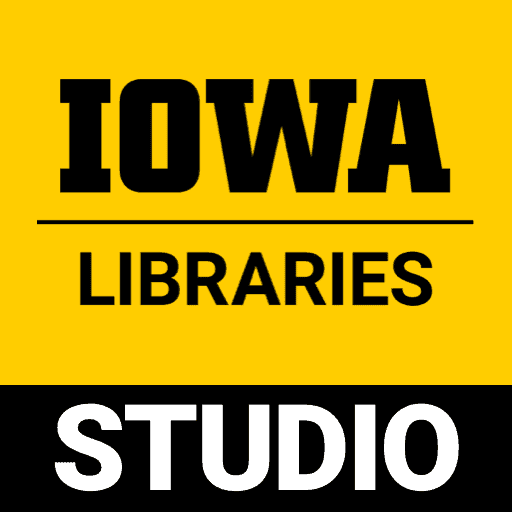I’m very grateful to the Digital Scholarship and Publishing Studio for a summer filled with inspiration, new perspectives, and connections with scholars across different disciplines. I felt both encouraged and challenged by the work of my peers, and I feel a renewed sense of purpose about both this project specifically and the way my work as an artist connects to archival scholarship more generally.
By the time I arrived in Iowa City a year ago, I’d been working on my project – a biography of the Chicago poet Lydia Tomkiw – for years, and it seemed farther than ever from completion. Swimming in research on my own had been exciting at first, but overtime I began to feel I had lost the thread. The support and generosity of the Studio and my cohort have been invaluable in helping me to recover the enthusiasm I had for the project at the outset.
Since discovering Tomkiw’s work in the band Algebra Suicide, I had been attempting what I now think of as two distinct projects; assembling an archive and piecing together a narrative of her life. All the while, as I questioned my own motivations and uncovered new information, the image of the project’s final form morphed in my mind. Would there be enough audio-visual materials for a short documentary? How can a film make use of original music without diminishing its power? Am I over-identifying with my subject, and should I address that within the work? Do people only enjoy talking heads in documentaries made by Errol Morris?
I came in this summer after having moved away from film-centric questions, hoping to find a web design that would allow for a reader to experience the narrative non-linearly. However, I have spent most of my time thinking about how to create a digital experience that has a kind of texture and tone that relates to my subject; this seemed to me more urgent, most likely because of the increased time we’ve all been spending on the internet this past year and a half. Non-linearity began to seem less specifically important to a connection with Lydia Tomkiw’s life and work and more characteristic of internet experience generally. What is necessary, here, is to differentiate the aesthetic and interactivity of the site itself from the million other ways we work, watch, and consume narrative online in the present day.
This has involved researching outdated web interfaces, conversations with friends who work as coders and artists, experimenting with building an “image map,” and, crucially, asking myself questions about what I want my project to achieve. One day, I realized that I wanted to locate the audience in a “place” – the rest of my work has flowed from this new starting point, and now I can see what steps I need to take to realize this vision.
Video reflection below:
